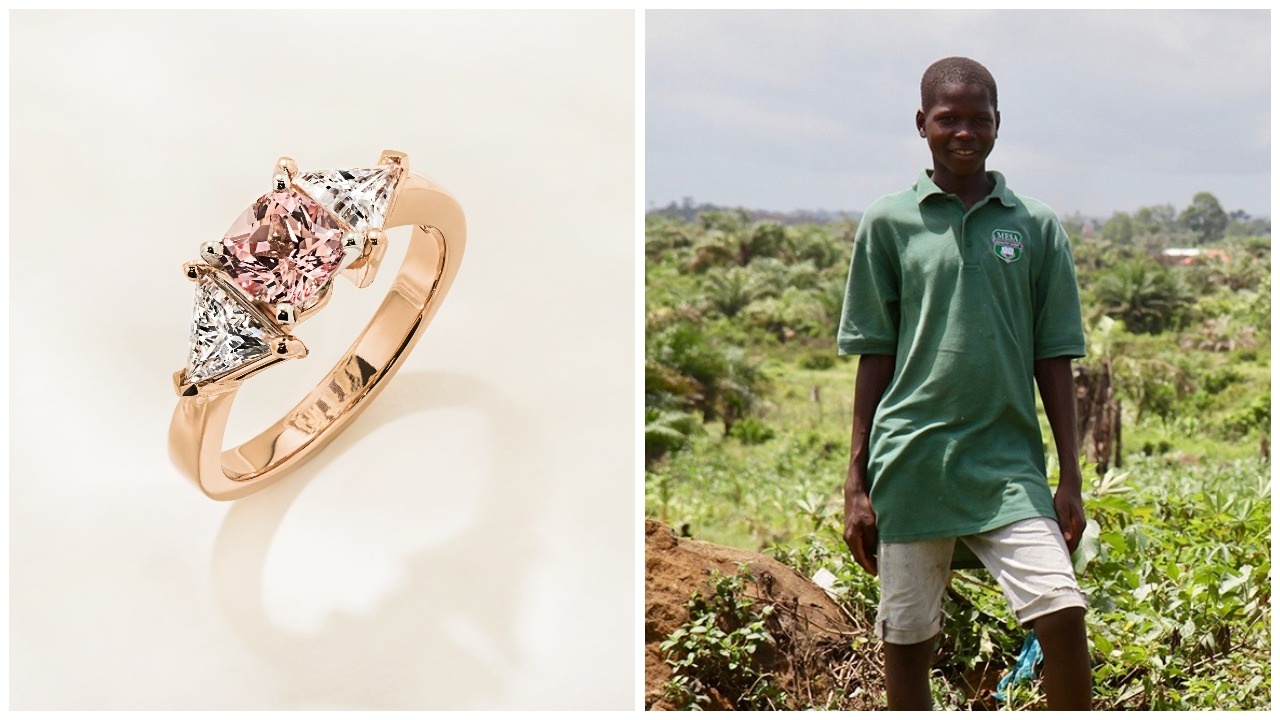MOST RECENT
POPULAR

The best of EcoWatch, right in your inbox. Sign up for our email newsletter!

By Bailey Hopp
If you had to choose a diamond for your engagement ring from below or above the ground, which would you pick … and why would you pick it? This is the main question consumers are facing when picking out their diamond engagement ring today. With a dramatic increase in demand for conflict-free lab-grown diamonds, the diamond industry is shifting right before our eyes.
EcoWatch Daily Newsletter
Related Articles from EcoWatch
Recent Stories from EcoWatch

 233k
233k  41k
41k  Subscribe
Subscribe 